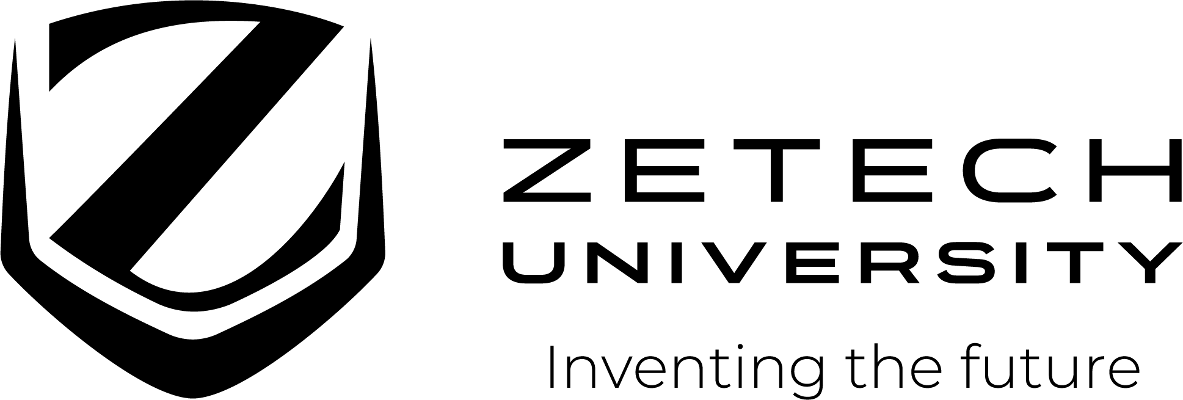Sustainable transportation planning : tools for creating vibrant, healthy, and resilient communities / Jeffrey Tumlin.
Material type: TextSeries: Wiley series in sustainable design ; 16Publication details: Hoboken, N.J. : Wiley, c2012.Description: x, 310 p. : ill., maps ; 24 cmISBN:
TextSeries: Wiley series in sustainable design ; 16Publication details: Hoboken, N.J. : Wiley, c2012.Description: x, 310 p. : ill., maps ; 24 cmISBN: - 9780470540930
- 0470540931
- 388.4 23
- HE151 .T86 2012
- ARC010000
| Item type | Current library | Collection | Call number | Status | Barcode | |
|---|---|---|---|---|---|---|
 Books
Books
|
Zetech Library - Ruiru Campus General Stacks | Non-fiction | HE151 .T86 2011 (Browse shelf(Opens below)) | Available | Z013260 |
Includes bibliographical references (p. 288-289) and index.
Chapter 1. Introduction. Chapter 2. Sustainable Transportation. Chapter 3. Transportation and Public Health. Chapter 4. The City of the Future. Chapter 5. Streets .Chapter 6. Pedestrians. Chapter 7. Bicycles. Chapter 8. Transit .Chapter 9. Motor Vehicles .Chapter 10. Parking. Chapter 11. Carsharing. Chapter 12. Stations and Station Areas. Chapter 13. Transportation Demand Management. Chapter 14. Measuring Success .Chapter 15. For More Information.
"As transportations-related disciplines of urban planning, architecture, landscape architecture, urban economics, and social policy have undergone major internal reform efforts in recent decades Written in clear, easy-to-follow language, this book provides planning practitioners with the tools they need to achieve their cities' economic development, social equity and ecological sustainability goals. Starting with detailed advice for improving each mode of transportation, the book offers guidance on balancing the needs of each mode against each other, whether on a downtown street, or a small town neighborhood, or a regional network"--
"Written in clear, easy-to-follow language, this book provides planning practitioners with the tools they need to achieve their cities' economic development, social equity and ecological sustainability goals. The book begins with criticism of conventional transportation practice, noting how the profession's usual tools have exacerbated rather than solved the congestion problems they were designed to address. More importantly, past practice has made transportation the biggest single producer of CO2 emissions in North America"--
There are no comments on this title.

